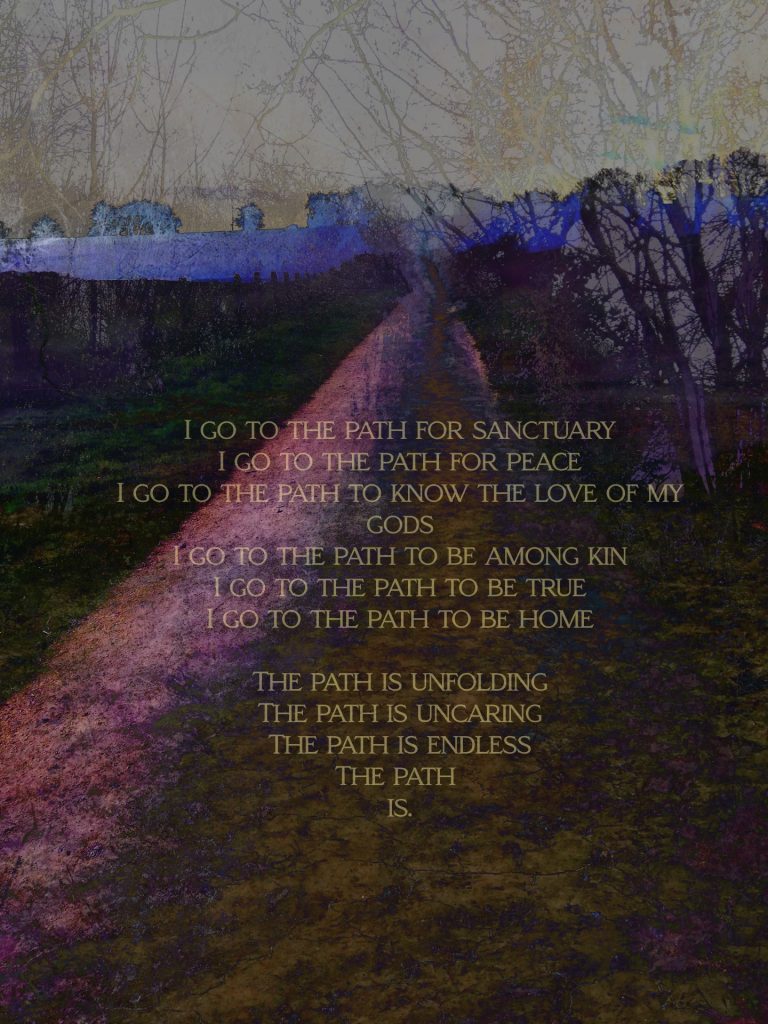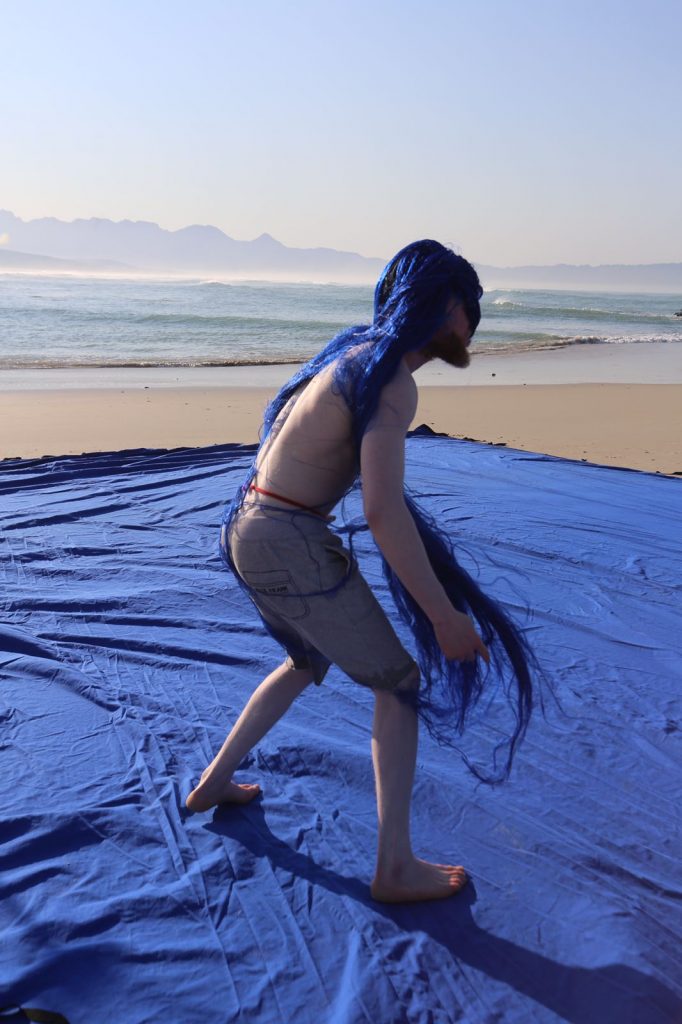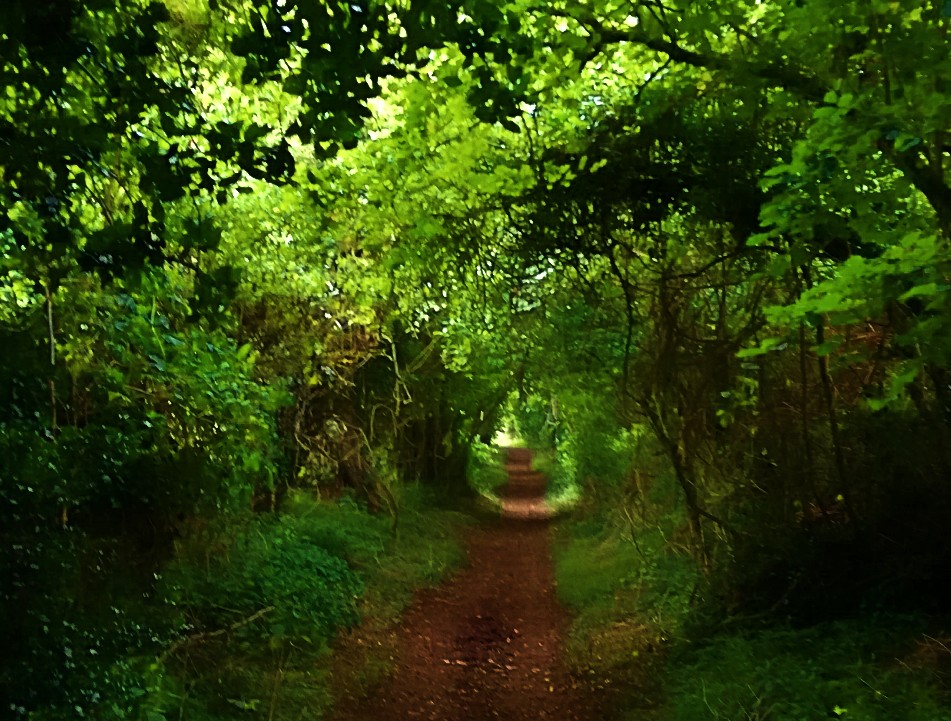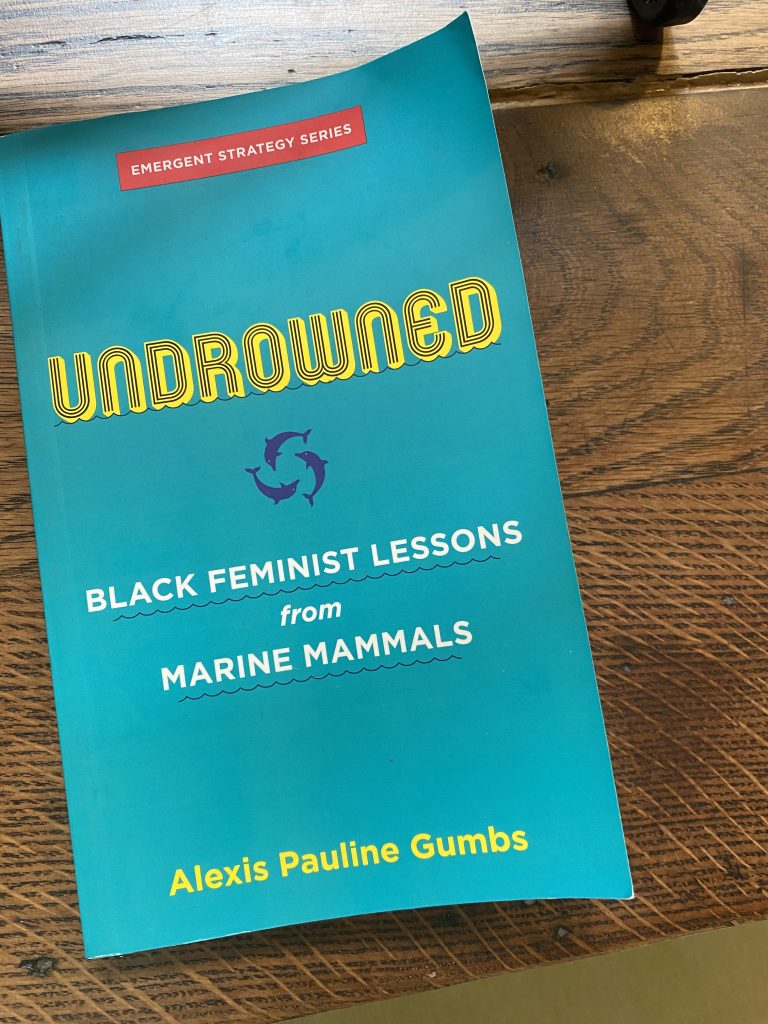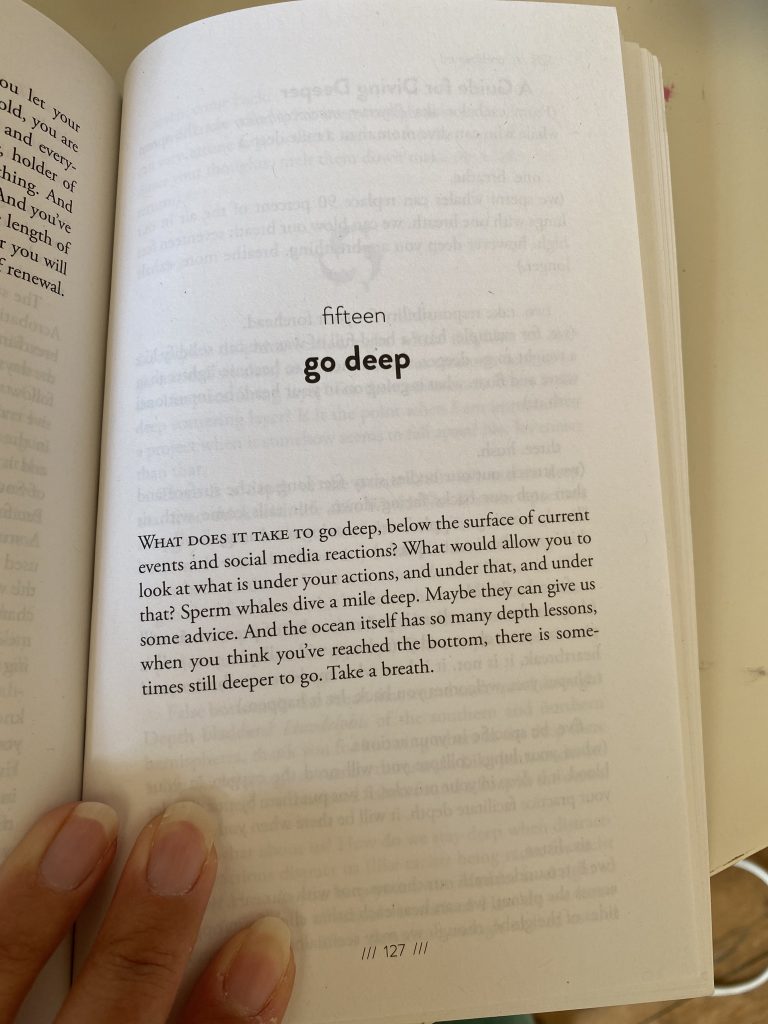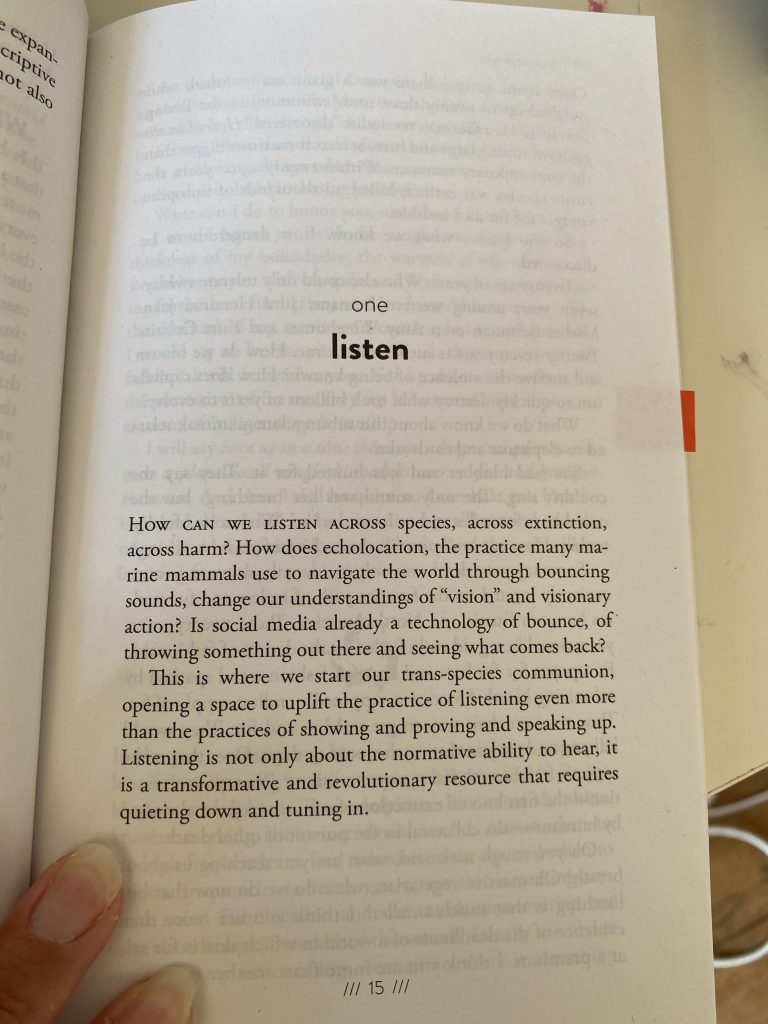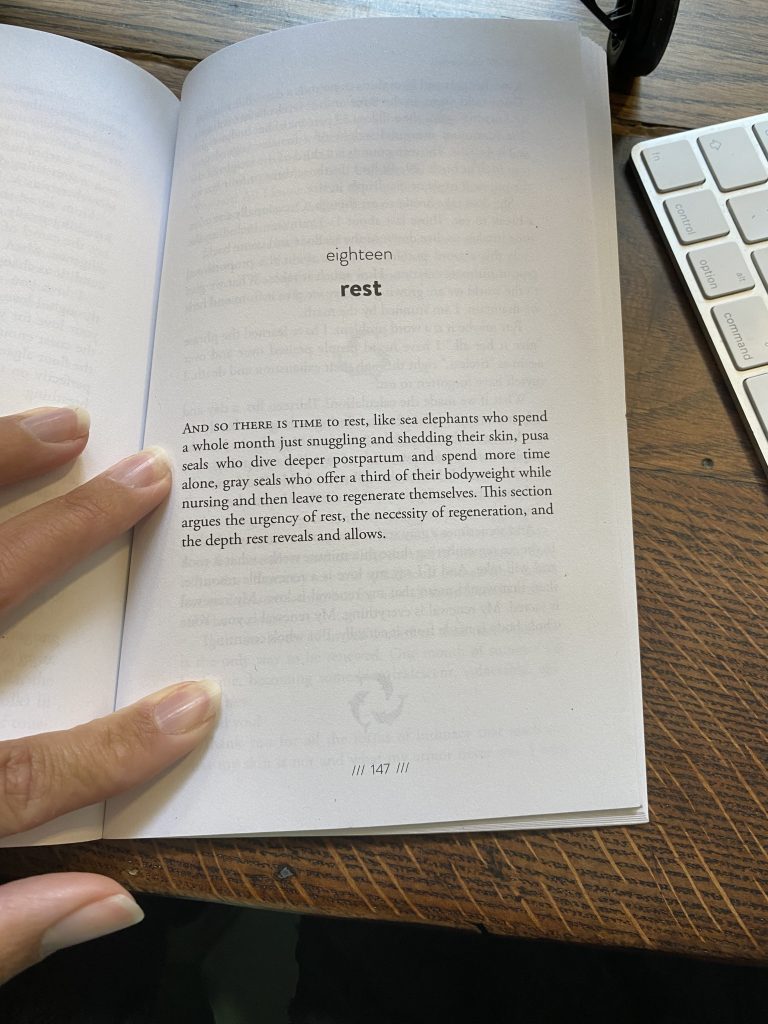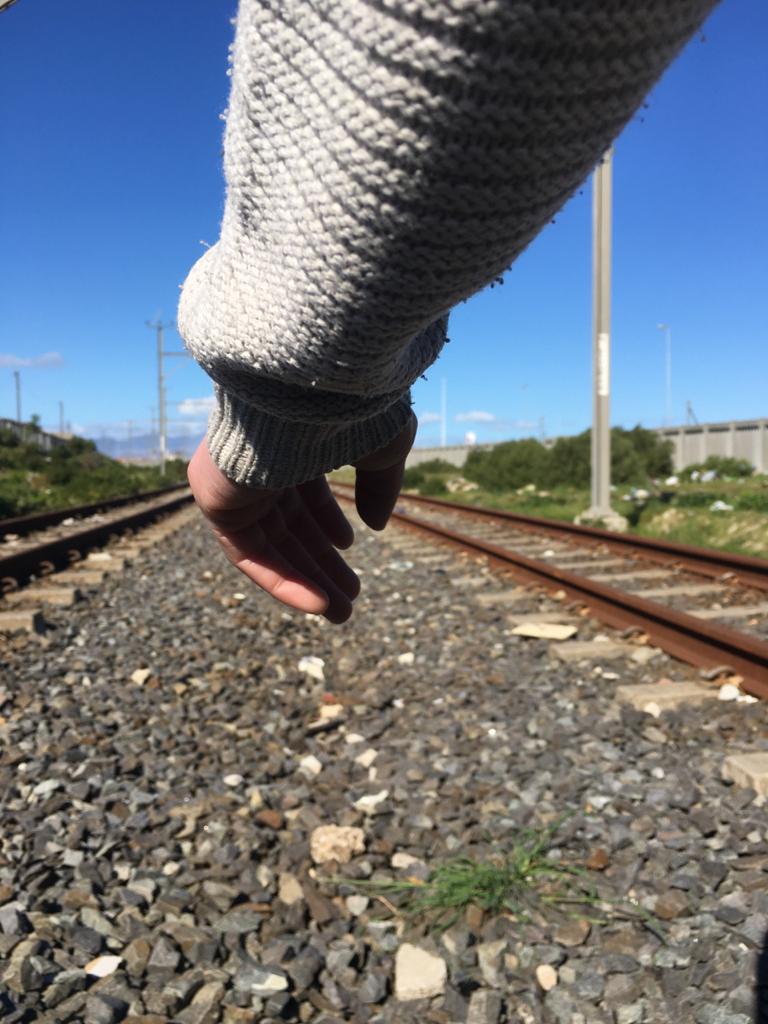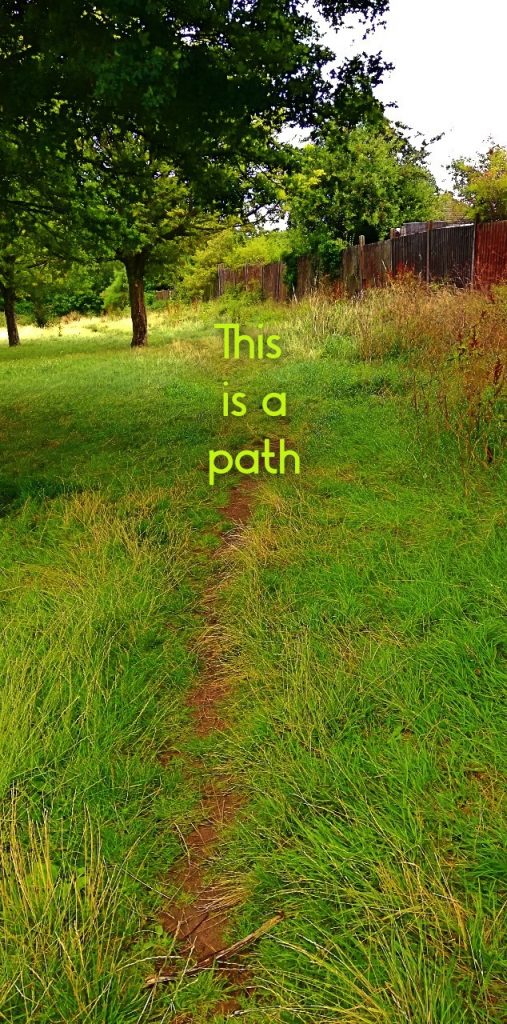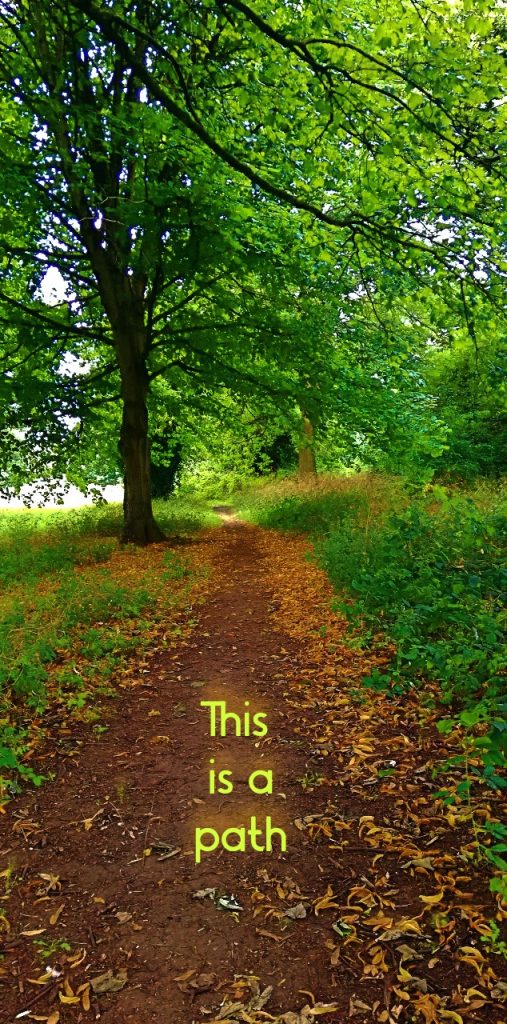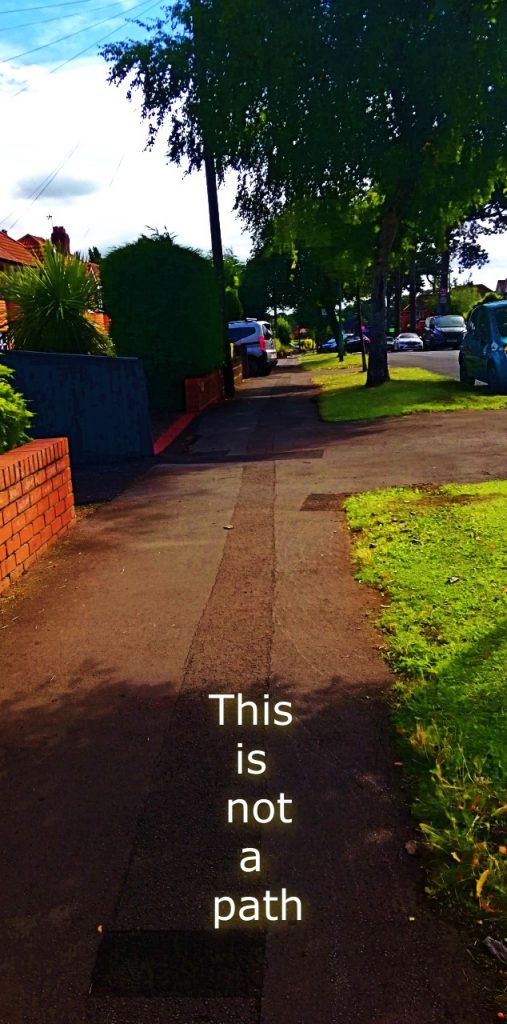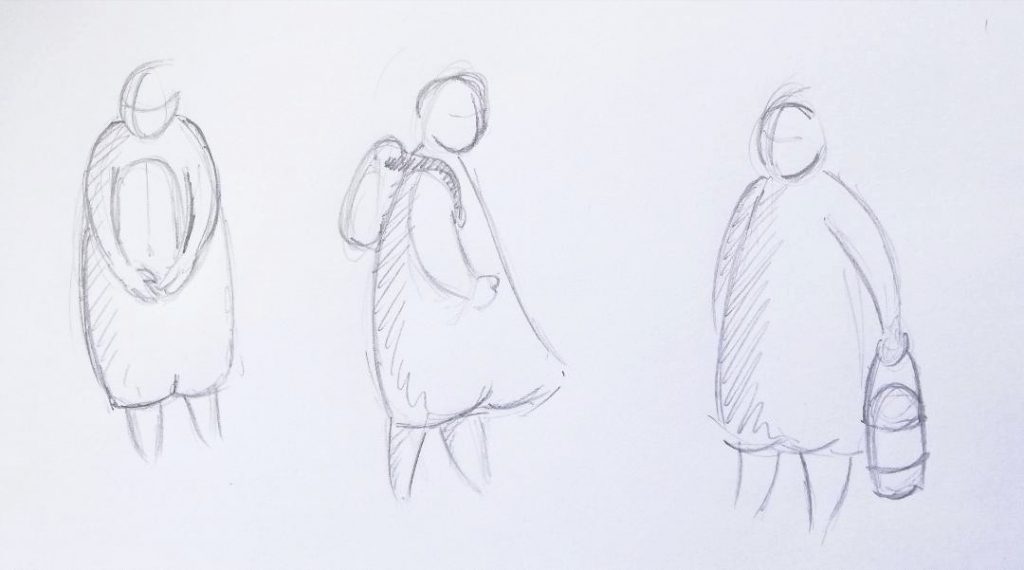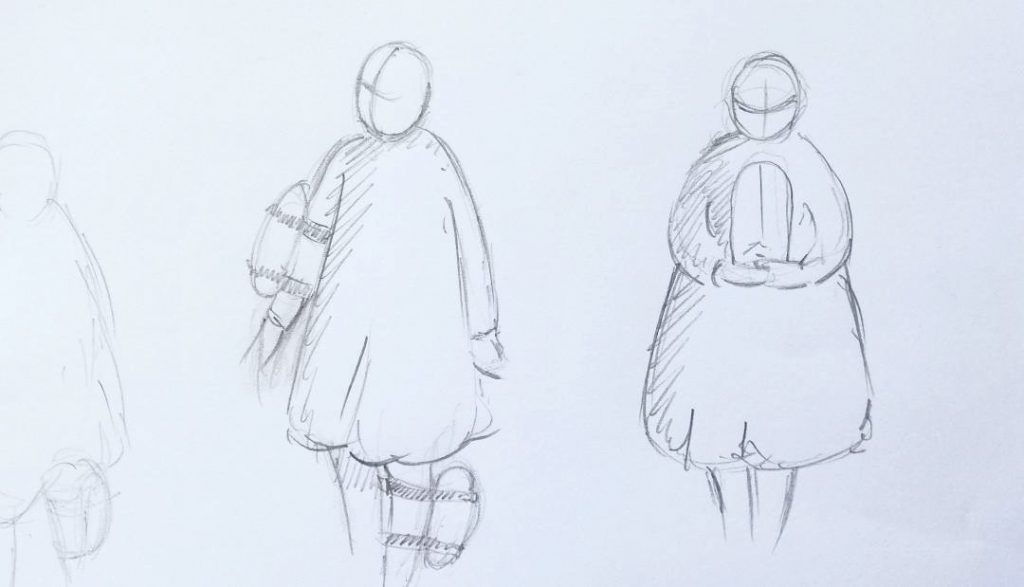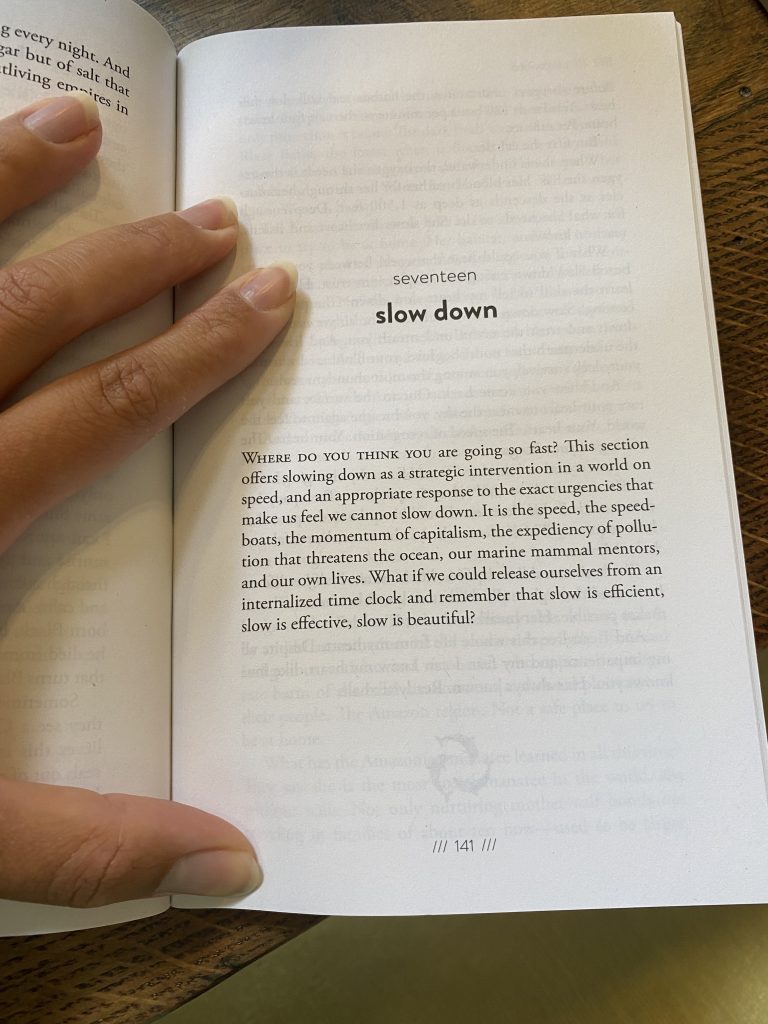Last year I began toying with writing a novel. It’s not gone anywhere yet and on re-reading it’s fairly dire, as all first novel attempts are allowed to be.
One of the central characters in this story is a wild, grey haired woman who may or may not be centuries old and profoundly occult. She came to me as a vivid image, a woman in a long yellow coat walking the lanes and roads of Britain constantly twisting her fingers, which others think is a mere tic. What her twitching fingers are really doing is spinning unseen lines of magical force across the land.
“We were important people us spinsters. An’ I was one of the best. So they made me what I am today. Did the ritual, gave me to Britain. Spinster. Spinner. Walking the lines, spinning the magic.”
So. I am at that lovely (sarcasm that) stage in making when I have many ideas and no resolution. Yet. I’ve been dissatisfied with the drawing device work, feeling like it hit a dead end, uninspired with my results but feeling somehow nagged by the work, like it still had a way to go, even if I couldn’t see how to resolve it.
At the same time I’ve been thinking a lot about paths and walking and at the same time continuing to work on a long term project I am developing, called AuTCRONE Chronicles, which attempts to voice my grief about the current global ecological stupidity humans are embroiled in.
Anyway, one of the characters in the project (it’s a speculative fiction project) walks. She is a near immortal nomad bearing witness to climate disaster.
I want to write about her walking and have been thinking about how to tell the story of her walking even as I have been walking paths for this residency. And at the same time I’ve been making and filming walking drawings. I’m thinking stories and making drawings and have been unable to resolve either work and it’s been driving me mad!
Then I read the words I wrote for that occult character in the abandoned terrible novel and I think I’ve had a lightbulb moment.
What you don’t know about me is that I started my art career working exclusively with textile. I’m still a regular knitter (because I make all my clothes. And that’s another story) and I can spin on a drop spindle. I can spin on a drop spindle and walk at the same time. And so maybe I can gather up the threads of my making and storytelling and work them into something that might possibly involve spinning, drawing and storytelling.
It’s getting late and I’m tired after a long day walking but I think this idea might have legs. I’m going to run with it, metaphorically speaking. Goodnight.
